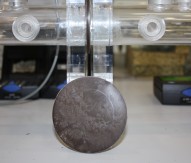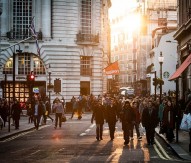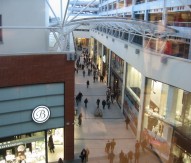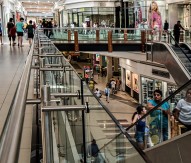
Passports reveal security check vulnerability
Passport issuing officers are no better at identifying if someone is holding a fake passport photo than the average person, new research has revealed.
A pioneering study of Australian passport office staff by a team of psychologists from Aberdeen, UK, York, UK, and Sydney, Australia, revealed a 15% error rate in matching the person to the passport photo they were displaying.
This degree of inaccuracy would correspond to the admittance of several thousand travellers bearing fake passports.
They add to University of Aberdeen-led research funded by a £1.5m (~€1.87m) European Research Council grant that indicates one passport photo is not sufficient for security systems to be accurate.
This work suggests security measures would be enhanced if passports carried a multitude of images of a person.
Professor Mike Burton, Sixth Century Chair in Psychology at the University of Aberdeen, said: “Psychologists identified around a decade ago that in general people are not very good at matching a person to an image on a security document. Familiar faces trigger special processes in our brain – we would recognise a member of our family, a friend or a famous face within a crowd in a multitude of guises, venues, angles or lighting conditions. But when it comes to identifying a stranger, it’s another story.
“The question we asked was does this fundamental brain process that occurs have any real importance for situations such as controlling passport issuing – and we found that it does.”
The findings have been published in PLOS ONE.






